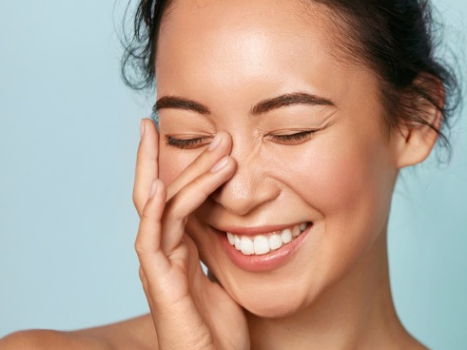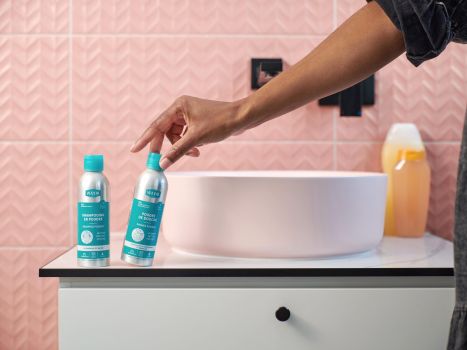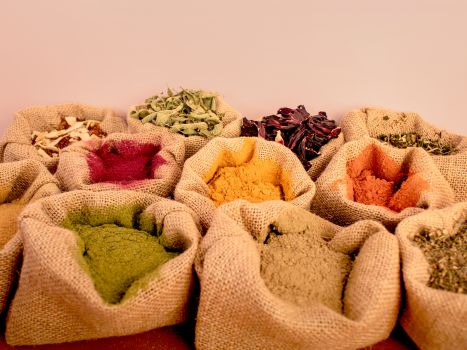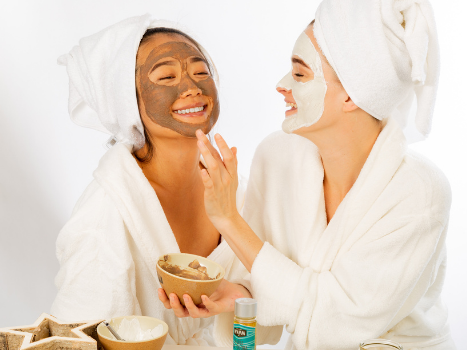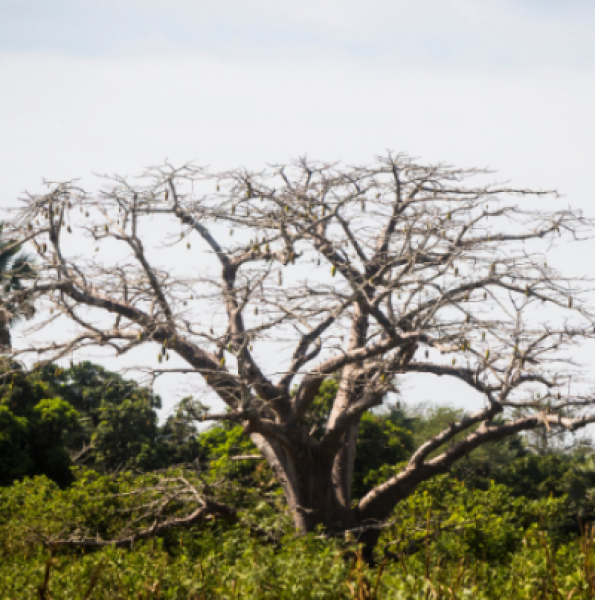
Beauty secrets from Africa
Just like anywhere else in the world, Africa abounds in natural treasures that have been used for centuries to care for skin and hair. All you have to do is go to Africa to benefit from the advice of wise older women. They know the secrets of plants and their benefits like no one else.
Let's discover and rediscover some of these secrets.
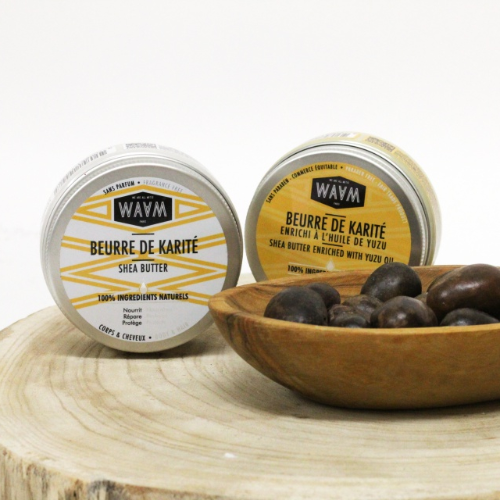
Shea butter
The one everyone knows. This butter has transcended the borders of its cradle to become an essential in many parts of the world.
It all begins in West Africa, where the shea tree grows. Shea butter is made from the fruit of this tree. Once harvested, the shea nuts are stripped of their pulp, leaving only the kernel, which is washed and dried.
There are various methods for extracting the butter from the kernels (traditional, cold-pressed, solvent). The pressure method is one of the most widely used. The fruit is cold-pressed, preserving the active ingredients and producing a butter of excellent quality.
Shea butter is very thick, yellow in color, with a more or less pronounced fragrance depending on the nuts used.
How to use shea butter
Shea butter is mainly used in cosmetics. But did you know that in the countries where it is produced, shea butter is also used in cooking as a substitute for oil or butter?
Packed with essential fatty acids and rich in vitamins A, D, E and F, it fully deserves its name of magic balm. Used on children from birth, shea butter will protect their fragile skin from the sun or any external aggression. It moisturizes, nourishes, softens and revitalizes skin and hair. It's easy to see why manufacturers are using it more and more in their cosmetics.
For skin care, simply massage it all over the body and even the face. It can also be applied more locally.
For hair care, shea butter can replace your hair balm, especially if you have very dry, unruly hair. It can also be used as a deep conditioner, lightly melted and applied to the whole head of hair under a plastic film more or less long before shampooing.
Baobab oil
Another African treasure,baobab oil is a true beauty elixir.
It all begins with the baobab, the ancestral African tree that is the emblem of Senegal and Guinea. This tree, which can reach 25m in height, produces fruit, and it is from the seeds of these fruits that the oil is produced.
To recover the seeds, the shells of the kernels are broken. They are then naturally dried before being cold-pressed to extract the famous baobab oil. This extraction method is not the most profitable in terms of the volume of oil obtained, but it does produce an excellent quality product that retains all its nutrients.
The oil obtained is rich in essential fatty acids and proteins, used in cosmetics and cooking.
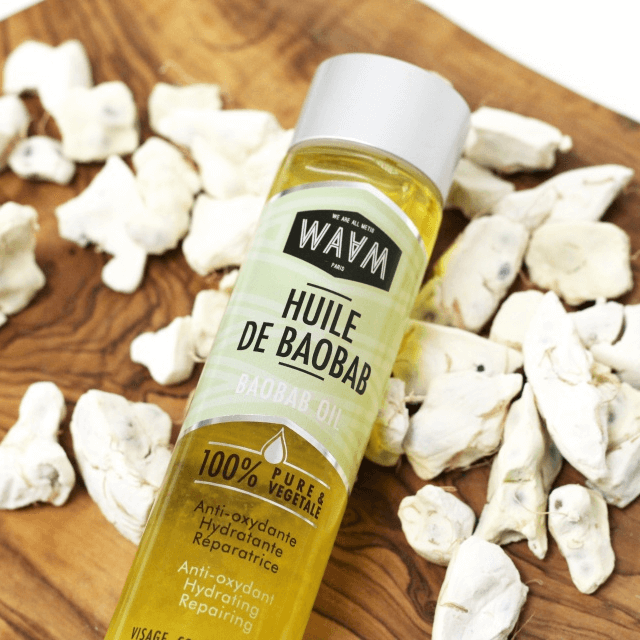
How do I use baobab oil?
As we mentioned earlier, baobab oil is used in cooking in the countries where it is produced. It is also widely used in cosmetics for its healing and regenerating properties.
Rich in vitamins A, D, E and F, they play an active role in cell regeneration and renewal. It's perfect for caring for and repairing skin and hair on a daily basis.
For hair, apply to lengths and ends as an oil bath or hair mask, and leave on for 15 minutes under a hair cap.
It can also be used to add shine or seal in moisture.
For the body, baobab oil is an excellent preventive and curative treatment for stretch marks, mature skin, chapped skin and cracks. Simply apply daily to the whole body.
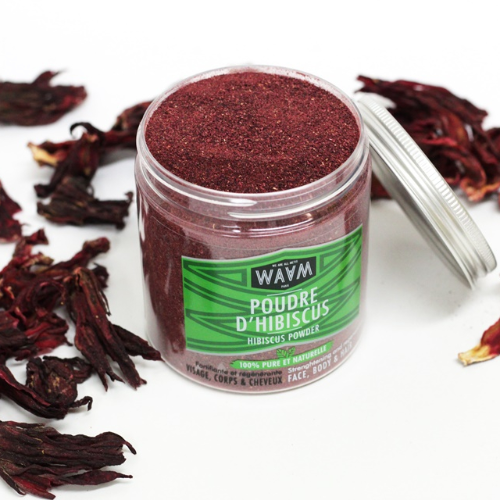
Hibiscus powder
Native to West Africa, hibiscus Sabdariffa is also known as "Bissap" or "Guinea Gold". Hibiscus also grows in India and the West Indies, for example. It is a shrub that produces young shoots and leaves that are traditionally consumed in cooking. Its red flowers are dried and infused to make sauces and jams, or drunk as juice or tea.
The latter are increasingly used in cosmetics.
To obtain hibiscus powder, the flowers are simply dried and reduced to a more or less fine powder. A sieve is then used to obtain a very fine powder.
The powder obtained is rich in mucilage (moisturizing and softening sugars) and antioxidants.
How to use hibiscus powder?
Hibiscus powder is widely used in cooking, to make juices or as a natural food coloring agent. In cosmetics, hibiscus powder is used in hair and skin care products.
Whether your skin is mature, dry, dull, stressed or sensitive, hibiscus powder will be your best ally in your skin care products.
For hair care, coloring or shampooing, hibiscus powder is a true ally.
It stimulates hair growth, prevents hair loss and thickens hair.
It also prevents premature graying. It adds shine and suppleness, and for your vegetable colorings, it will give your hair pretty mahogany highlights.
Hibiscus powder is also used in make-up. You can use it as a colorant for your DIY make-up, notably for its pinkish to purple color.
For your skincare, hibiscus powder incorporated into your DIYs will let you benefit from its anti-oxidant, anti-wrinkle, regeneration-stimulating, softening and moisturizing properties. Suitable for all skin types.
You now know a little more about these 3 products that are part of Africa's beauty treasures.
Come and tell us how you use these products in your beauty routines.
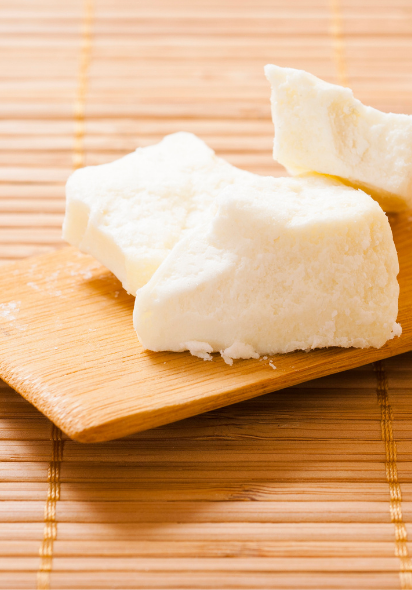
.jpg)
.jpg)





